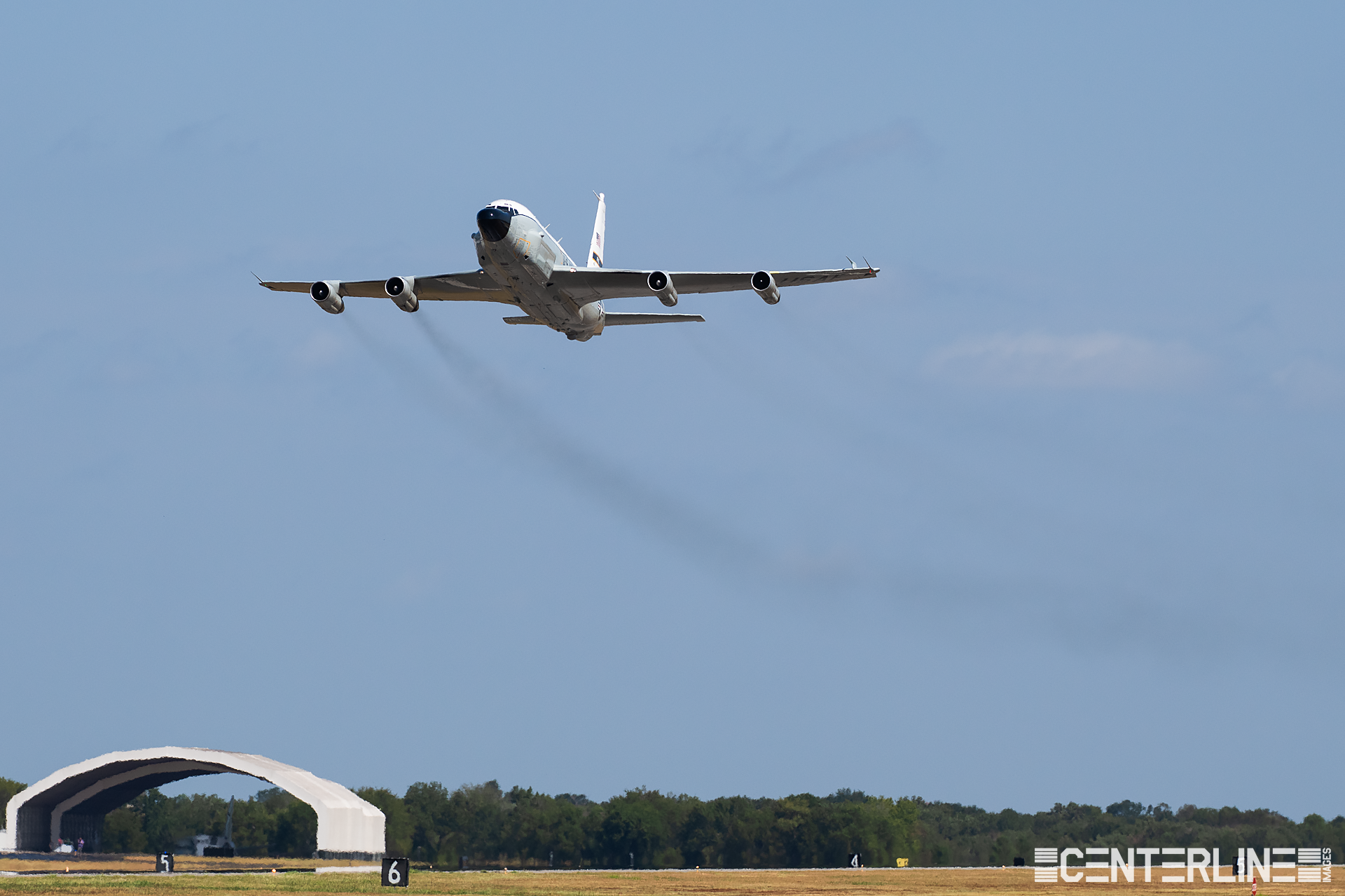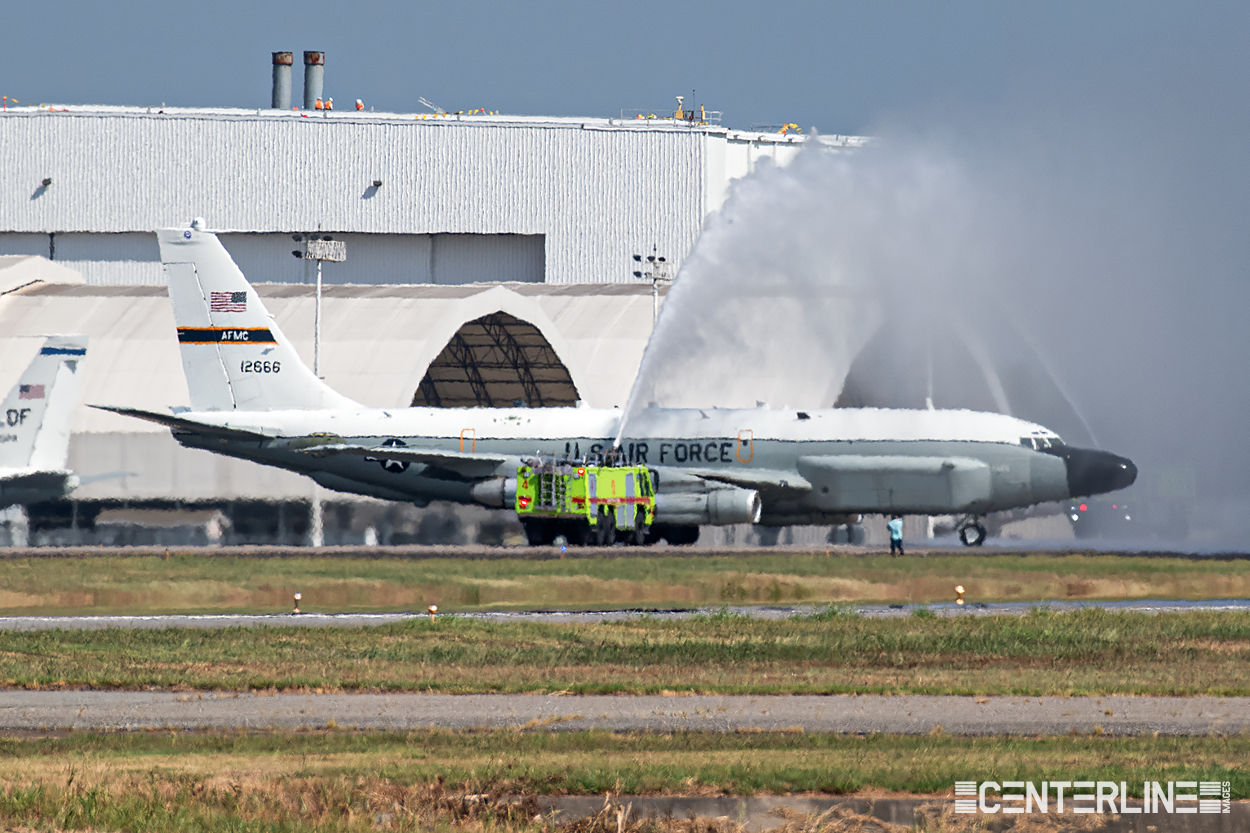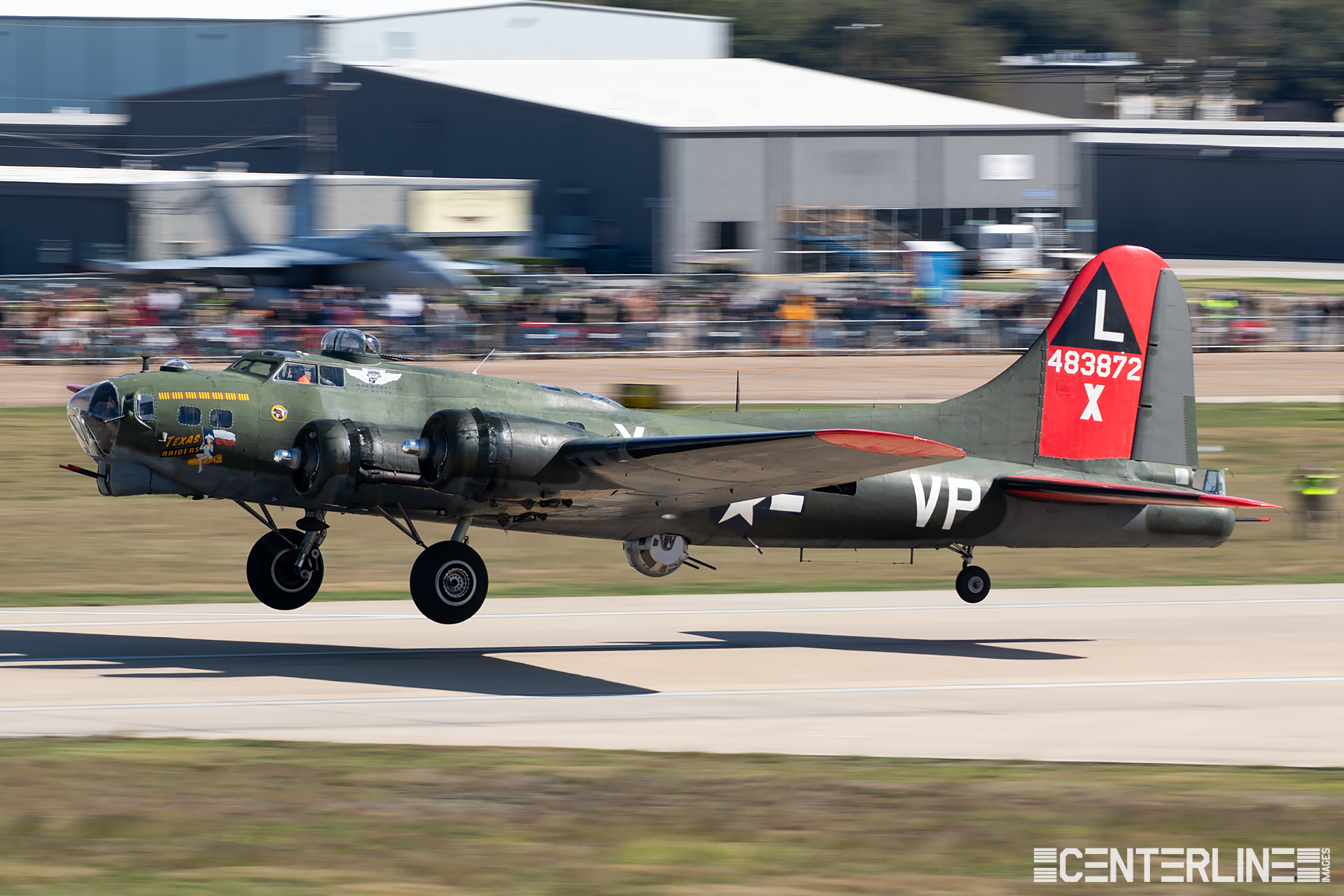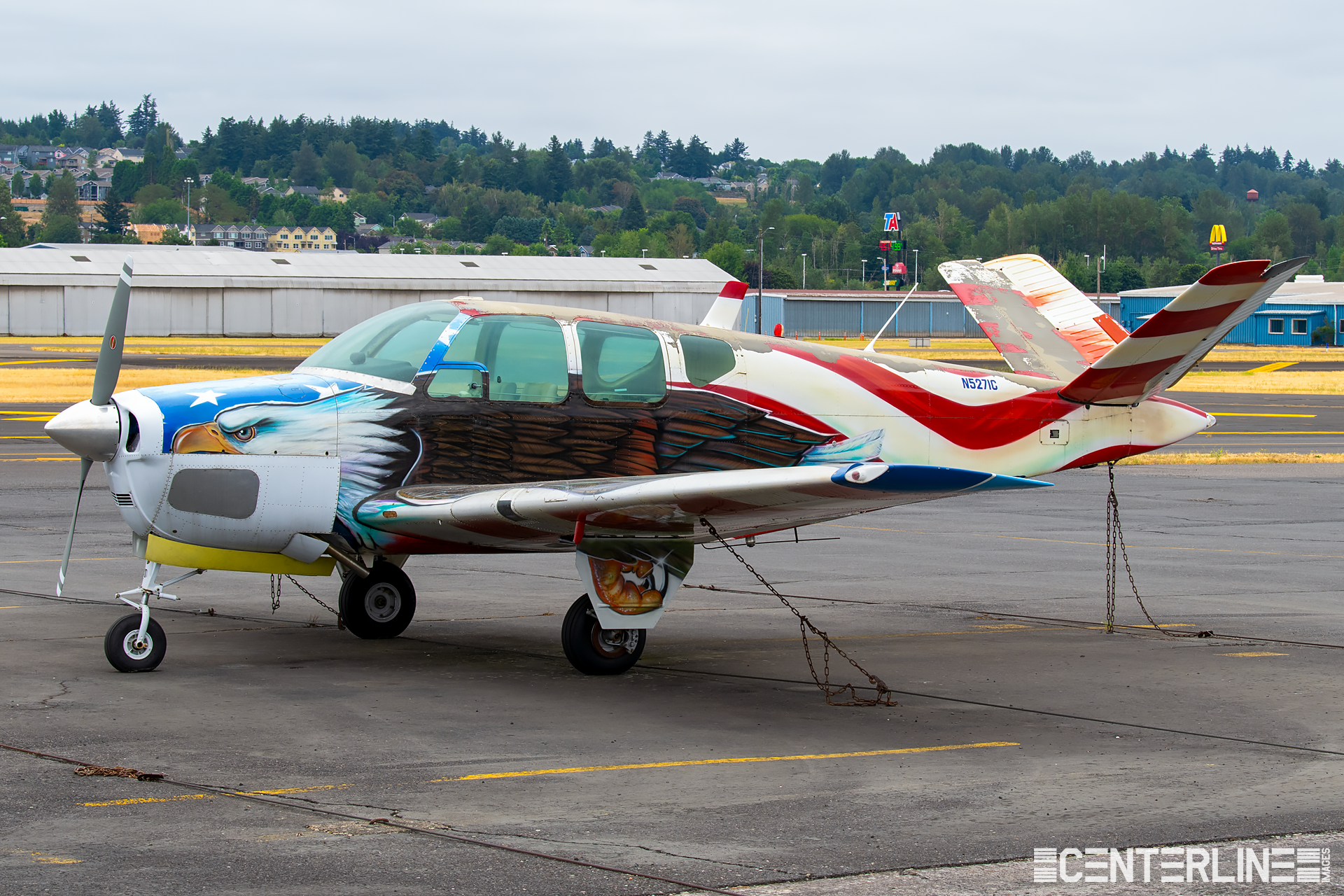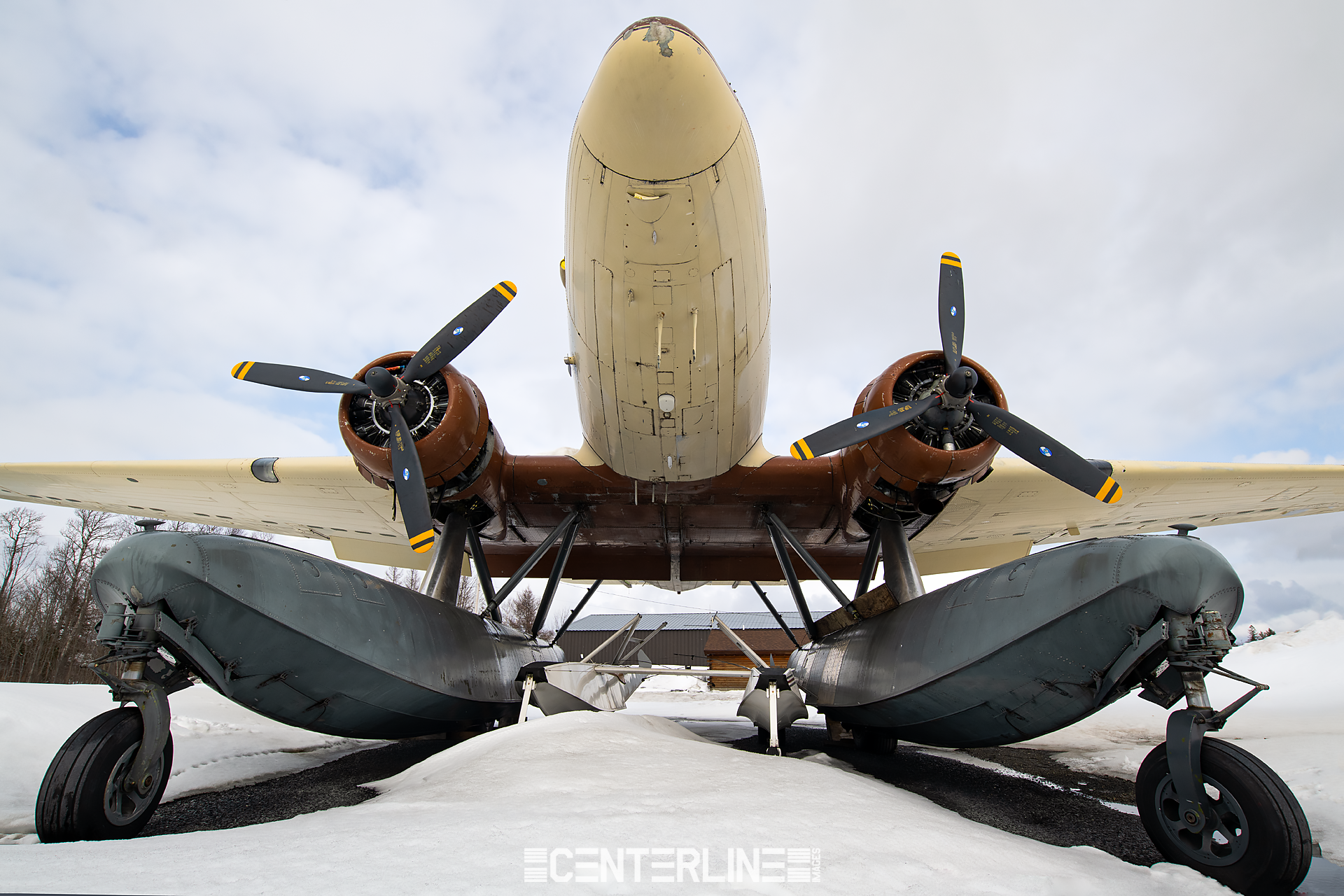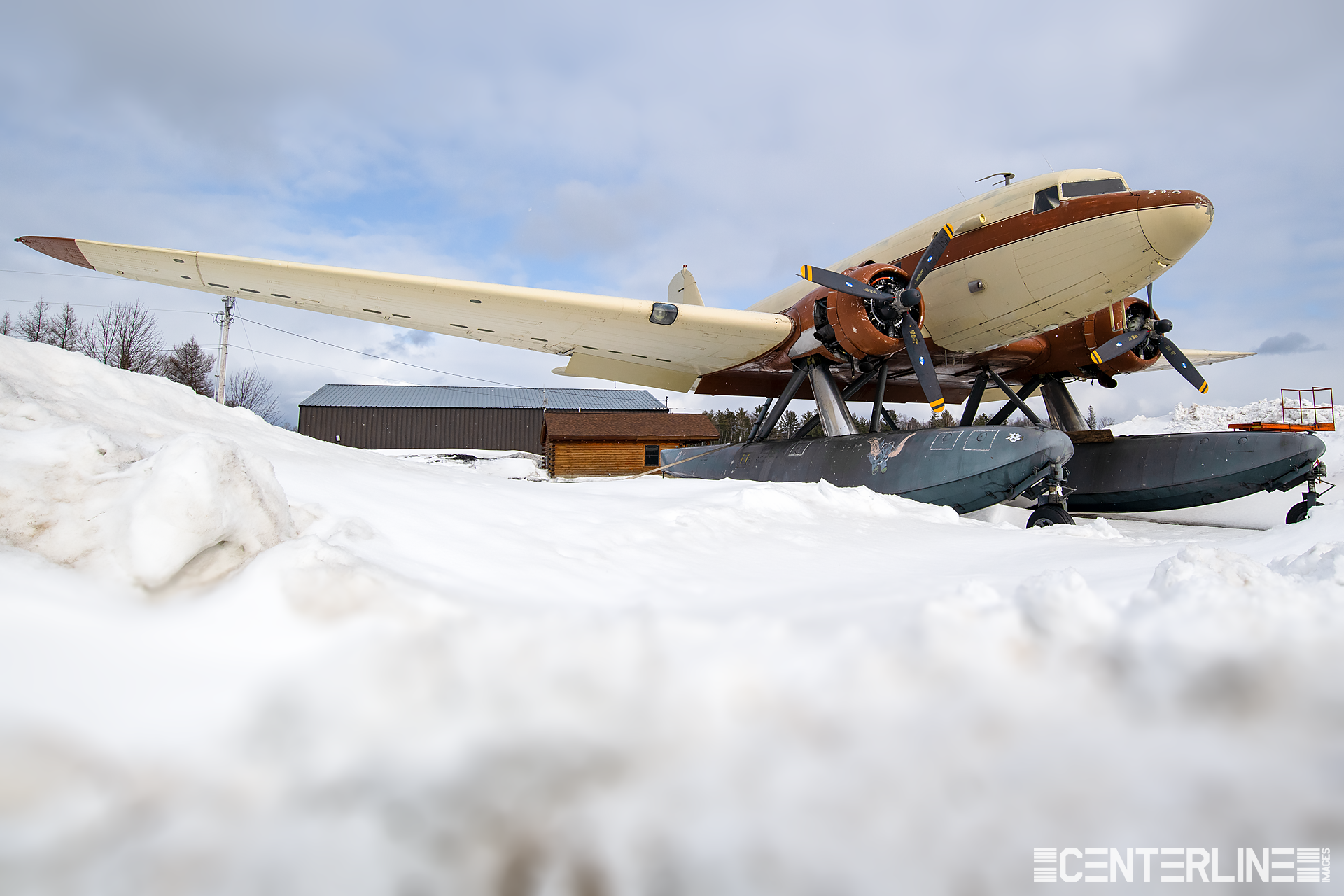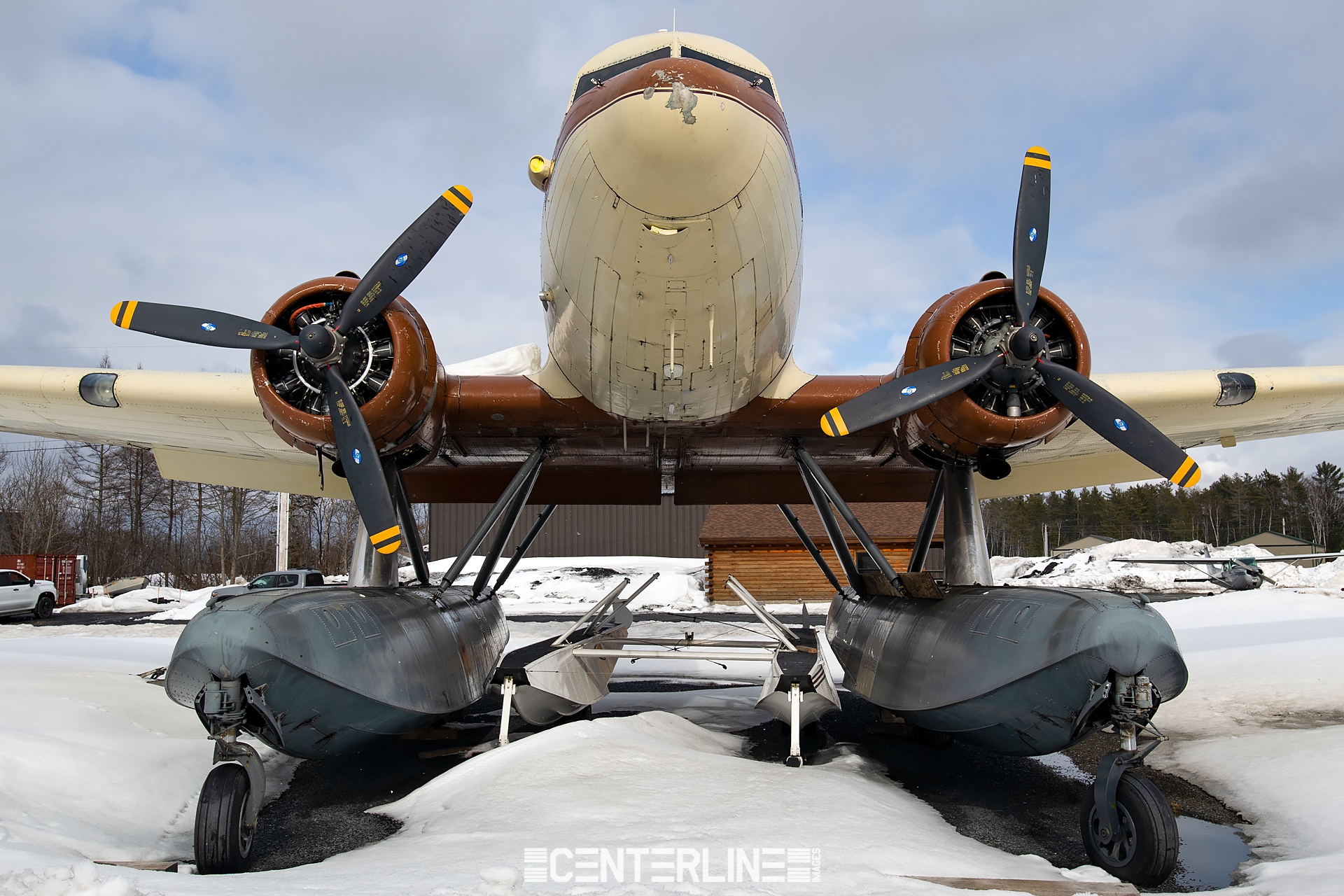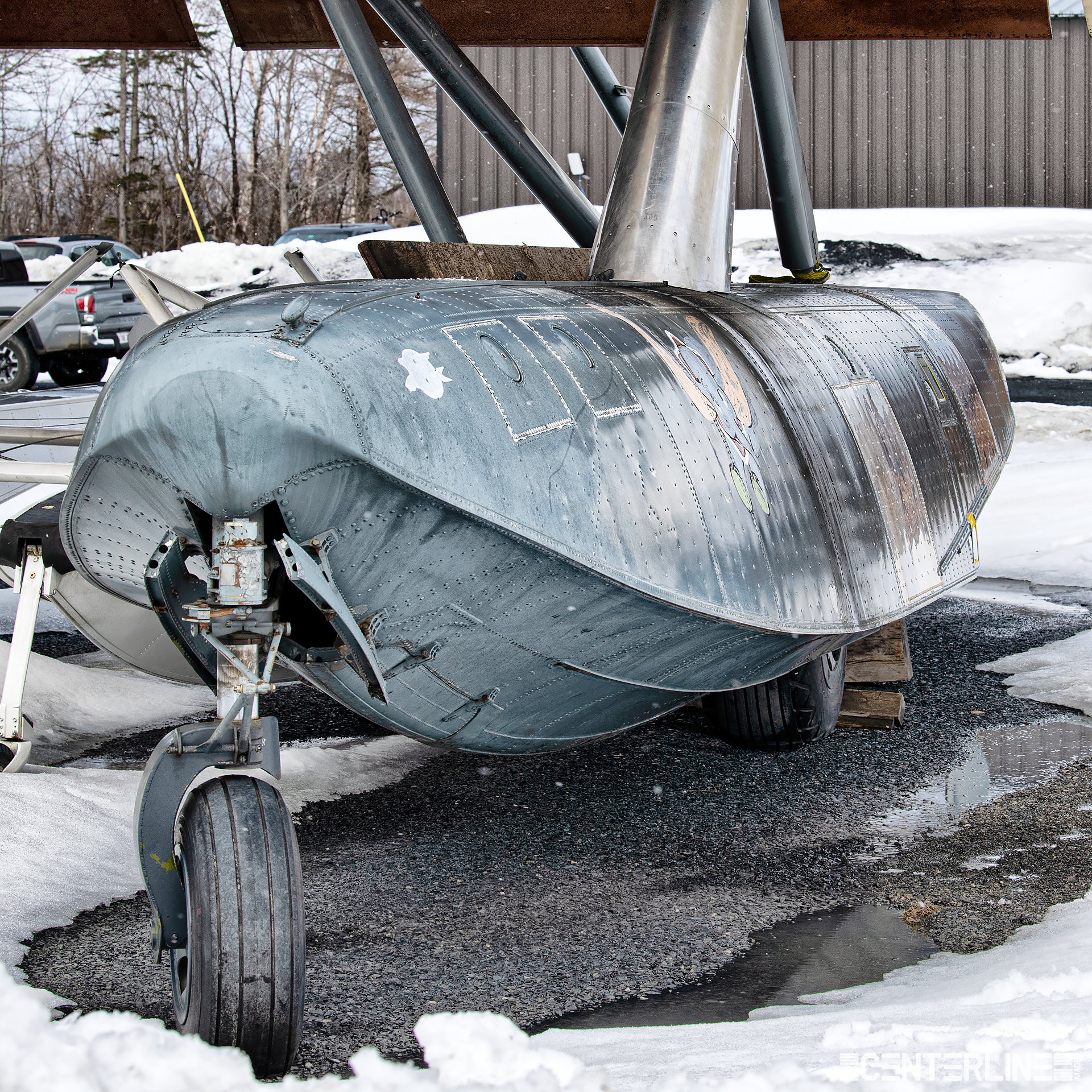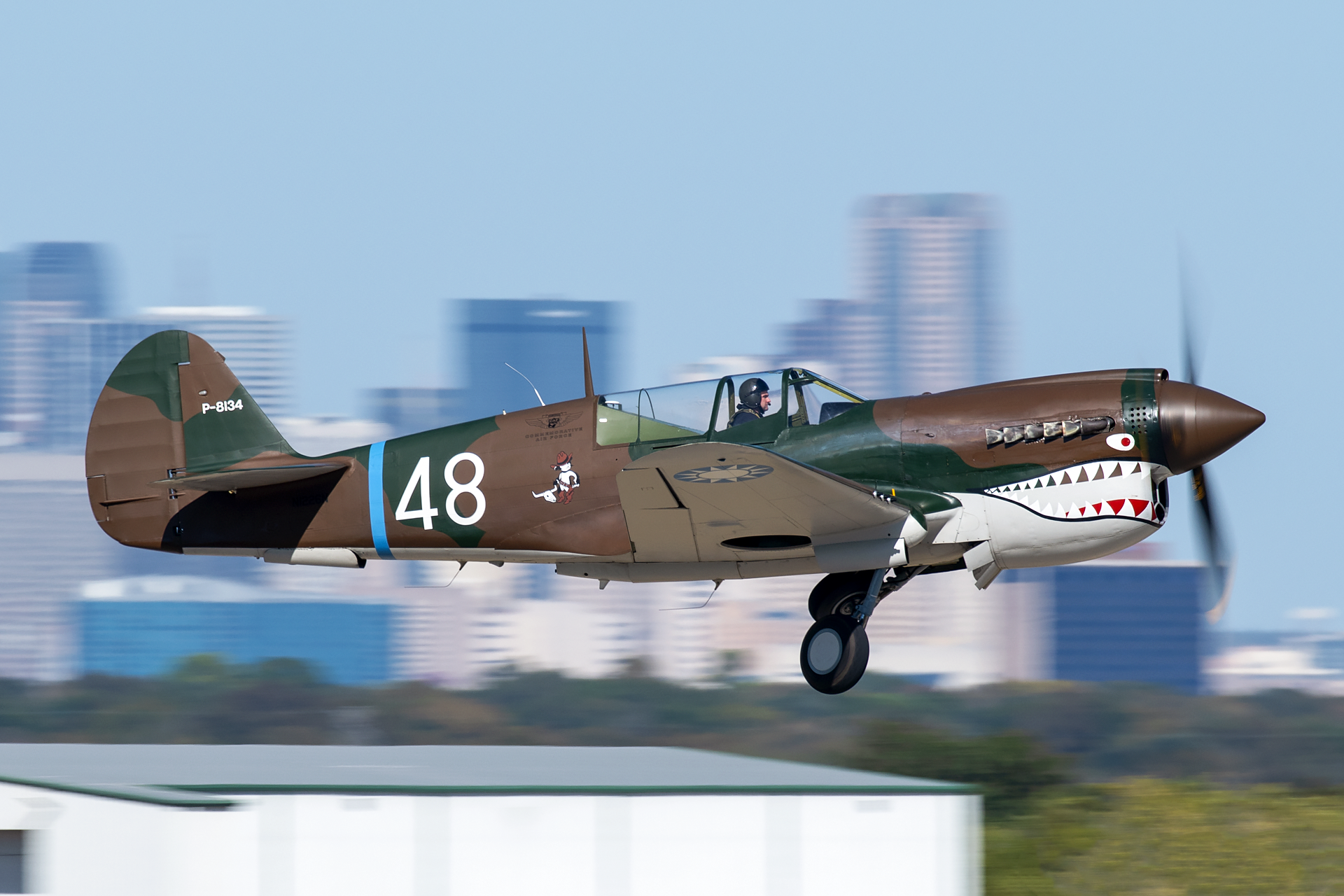
Curious on the backstory behind the photos? This is the place. You'll find not only write ups on local outings, but also reviews of major events I’ve attended.
Triple 6: End Of An Era
The Air Force retires an important testbed, and with that, the signature smoky TF-33 engines on the type.
September 5th, 2023 marked the end of an era in North Texas, in a couple of ways. The 61-year-old NC-135W testbed, Triple 6, was retired to the Davis-Monthan Air Force Base boneyard, formally known as AMARG, a massive aerospace storage and maintenance facility adjoining the Arizona base. Triple 6, nicknamed in reference to the airframe's serial number, 61-2666, spent the second half of its life in Greenville, Texas under the Big Safari program, also known as the 645th Aeronautical Systems Group. The Big Safari program is a United States Air Force program that began in 1952, providing management, direction, and control of the acquisition, modification, and logistics support for special-purpose weapons systems derived from existing aircraft and systems.
Arguably of even bigger significance from yesterday's retirement was that this officially concluded operations of the Pratt & Whitney TF-33 engines on US Air Force C-135 series aircraft. The type has used the engine for well over half a century. The TF-33 is the military designation for the Pratt & Whitney JT3D which equipped iconic airliners such as the Boeing 707 and Douglas DC-8 in the early years of the Jet Age. With the retirement of the TF-33 comes the absence of the piercing scream and soot trail that were hallmarks of this now-outdated aviation technology. All remaining C-135s are retrofitted with the much more quieter CFM56 engine, which also equip the Boeing 737NG, among other modern aircraft.
On departure, the crew of Triple 6 put on a great show, performing an impressive immediate right turn after departure for the employees of the facility followed by a couple spirited passes, before turning on course for an unpressurized 12,000 foot cruise over to its final resting place in Arizona. If you look closely, you'll see hundreds of signatures by people involved with the program down the side of the airframe.
Triple 6 has quite the impressive resume. According to the wonderful Aerial Visuals website, 61-2666 was originally built in February 1962 by Boeing in Renton, WA, USA as a C-135B-BN. Impressively, only two months later in April 1962, it set a few speed and cargo lift records. Later, in August 1965, it was converted to a WC-135B and was operated by the 55th Weather Reconnaissance Squadron until 1989. Notably, 61-2666 provided support for atmospheric sampling after the Chernobyl nuclear reactor accident. In 1989, it was transferred to Det. 2, 645th Materiel Squadron in Greenville, Texas where it has supported flight testing of the RC-135 fleet ever since.
In May 1995, there was a conversion to WC-135W, which included new equipment for evaluation and various antennas. In 2003, it was converted again, this time to its present-day NC-135W standard. Up until its retirement yesterday, it was still being used to test RC-135 equipment upgrades on behalf of Greenville's Det. 2, 645th Aeronautical Systems Group, 303rd Aeronautical Systems Wing.
With Triple 6's retirement, the USAF began searching for a replacement and eventually settled on TC-135W Stratolifter (serial 62-4133). In February, the previous trainer was flown from Offutt AFB to Greenville Majors Airport for conversion to NC-135 standard and will be incorporated into the Big Safari Program to continue testing upgrades for the RC-135 fleet.
This unique testbed is unfortunately just the latest in a mass extinction of classic military aircraft the past 10 years, but thankfully many more will continue to soldier on in Air Force service thanks to continuous improvements brought on by aircraft like Triple 6.
2022 Wings Over Dallas WWII Air show
Though the 2022 Wings Over Dallas Air Show was marred by tragedy, we must remember both those who were lost and the mission of the Commemorative Air Force.
It's been over 8 months since the tragic accident at the Commemorative Air Force Wings Over Dallas WWII Air Show. Like many others, I still think about that day often. It was a day that changed the lives of so many people forever.
As a photographer who was at the event, it's been difficult for me to look back at my photos from that day. The memories and emotions that they invoke can be overwhelming. However, after speaking with friends and families of those involved, I realized that my photos could serve as a tribute to those lost on November 12, 2022 who dedicated their lives to preserving and displaying these incredible pieces of aviation history.
The six men who tragically lost their lives on that day were all deeply dedicated to the organization, and it's clear that their passion and love for aviation was unwavering. I have no doubt that they would want us to continue to remember them and the Commemorative Air Force in a positive light. The accident does not define the 70 year-old organization and their thousands of selfless volunteers.
This photo album is dedicated to the six men who lost their lives: Terry Barker, Craig Hutain, Kevin "K5" Michels, Dan Ragan, Leonard "Len" Root, and Curt Rowe. They will forever be remembered by so many both for the lives they lived and their dedication to honoring our veterans through their passion of aviation.
I want to urge everyone to keep the comments section respectful and refrain from speculation. The investigation is ongoing, and there are still many people deeply affected by this tragedy. Let's honor those lost by continuing to support the Commemorative Air Force and the incredible work that they do.
Happy 247th Birthday, USA!
A very happy 247th…
A very happy 247th birthday to the United States of America!
I wouldn't call us a perfect union just yet, but we are still pretty decent all things considered. Can't detract from our aviation scene, that's for sure!
Here are some of my favorite flag related aircraft/photos over the years.
End Of An Era: Erickson’s DC-7s
A look at Erickson’s iconic fleet of DC-7 tankers shortly after their retirement.
Erickson Aero Tanker is a company that has been at the forefront of aerial firefighting for decades. Founded by Jack Erickson, the company began as a helicopter logging company but quickly expanded into aerial firefighting.
Of the types operated by Erickson Aero Tanker fleet was the Douglas DC-7. The DC-7 was a workhorse of the skies, with an impressive range and the ability to carry up to 3,000 gallons of fire retardant. These aircraft were used extensively by the US Forest Service, and were a regular sight over wildfires in the western United States.
One of the most recognizable DC-7s in Erickson Aero Tanker's fleet was Tanker 60, a Douglas DC-7B. This aircraft was originally delivered to Eastern Air Lines in 1958, before being converted to a fire fighting aircraft. Tanker 60 was one of the busiest aircraft in the fleet, fighting fires throughout the West Coast and beyond for decades.
However, as the fire fighting industry evolved, the use of large radial-engined aircraft like the DC-7 became less common. Turboprop and jet aircraft, such as the Lockheed C-130 Hercules and McDonnell Douglas MD-87, became the preferred choice for aerial firefighting due to their increased speed and range. Erickson Aero Tanker recognized this shift in the industry and began transitioning its fleet to newer, more efficient aircraft. Tanker 60 was retired in 2020, after an incredible 62 year career as MD-87s began to enter service to become the company's go-to LAT (Large Air Tanker) platform.
While the DC-7s have now been retired from Erickson Aero Tanker's fleet, the impact that they had on aerial firefighting cannot be overstated. These aircraft were an integral part of fighting wildfires in the western United States for decades, and they will be remembered for their reliability, strength, and the dedication of the pilots and crews who flew them.
Erickson Aero Tanker's DC-7s carry a rich history in the firefighting industry. As this industry continues to evolve, it is important to remember the pioneers who paved the way for the advancements we see today, and to continue to honor their legacy as we move forward.
Enjoy these photos I took at Madras Airport in Central Oregon back in 2021. As a bonus, I've thrown a couple extra photos in, including Erickson's stunning Neptune and an MD-80 bird that is used for spare parts to keep their MD-87 fleet going strong.
Dumbo: The DC-3 With Sea Legs
In Northern Maine you’ll find one of the most incredible variants of the DC-3 left in existence..
Greenville is a town located in Piscataquis County, in the US state of Maine. It's situated at the southern end of Moosehead Lake, the largest lake in the state. Greenville is known for its scenic beauty and outdoor recreational opportunities, such as fishing, hunting, hiking, and wildlife watching...but did you know it's also home to an incredible one of a kind example of the iconic DC-3? Don't feel bad if you answered no - most don't.
During World War II, the US military needed an aircraft that could operate in a variety of environments, including areas without established airfields. In response to this need, the Edo Corporation designed and built a pair of twin, 1-ton floats that could be attached to a C-47. Each float was 42 feet long, five feet, eight inches wide, almost six feet high, and displaced 29,000 pounds of water. The cellular construction of each float had 14 separate water-tight compartments, and each float also had a 325 gallon fuel tank. The floats had fully retractable, hydraulic wheels, and could land on water, snow or land. The float rudders were connected to the air rudder, which allowed for control of the aircraft while in flight.
The DC-3A on floats located in Greenville, Maine is a rare example of this technology. The aircraft, which is registered as N130Q, was delivered to the US Army Air Forces in July of 1943 as a Douglas C-53D Skytrooper and served in a variety of roles before being converted back to a DC-3A standard and more notably, to a float plane by Dick Folsom in 1976. The floats used on the aircraft are the original Edo Corporation type, and the aircraft is believed to be the only Gooney Bird on floats left in existence.
While the floats allowed the DC-3 to operate in areas without established airfields, they also created a significant amount of drag and reduced the aircraft's speed. As a result, the aircraft was about 30 mph slower than its sisters without floats. Despite this limitation, a few C-47s equipped with the floats saw service in locations such as New Guinea, Alaska, and India.
Today, the DC-3 on floats can be found sitting imposingly at the Greenville Municipal Airport. Though it hasn't flown in years, it was only recently put back on floats in 2020 and there are rumblings that the operator intends to return it to its former glory. If we are lucky, we just may see "Dumbo" splashing around the local lakes and hopefully attending the annual International Seaplane Fly-In at neighboring Moosehead Lake, a once familiar sight.
Was an absolute pleasure walking around in the freezing cold and snow to capture photos of this iconic aircraft!
Enjoy.

